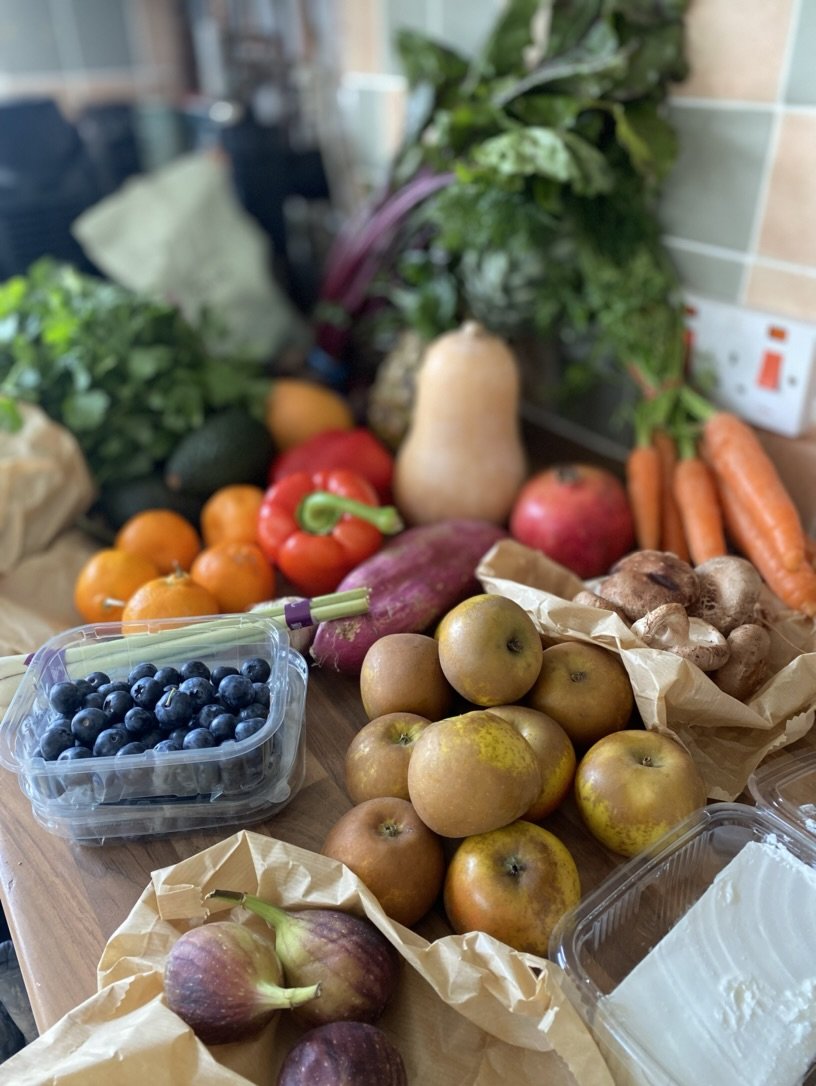Clean 15 & Dirty Dozen.
Our fruits and veggies are not what they once were and we are not eating the same as we would have been even a hundred years ago. Many many crops are grown now with herbicides, fungicides and pesticides, glyphosate residue not only is sprayed onto food crops but remains in the earth,
The "Clean 15" and "Dirty Dozen" are terms used to refer to lists of fruits and vegetables based on their pesticide residue levels. These lists are released annually by the Environmental Working Group (EWG), a nonprofit organization that advocates for health and environmental issues. Here's a breakdown:
Dirty Dozen: This list comprises fruits and vegetables that tend to have higher pesticide residues, even after washing. It's recommended to buy organic versions of these items whenever possible to minimize exposure to potentially harmful chemicals. The Dirty Dozen typically includes items like strawberries, spinach, kale, nectarines, apples, grapes, peaches, cherries, pears, tomatoes, celery, and potatoes.
Clean 15: In contrast, the Clean 15 consists of fruits and vegetables with the lowest pesticide residues. While buying organic is always a good option, these items are generally considered safer to consume conventionally grown. Examples of produce found on the Clean 15 list include avocados, sweet corn, pineapple, onions, papaya, and cabbage.
These lists serve as a helpful guide for consumers who want to prioritize their spending on organic produce or reduce their exposure to pesticides. However, it's essential to remember that eating a variety of fruits and vegetables, whether organic or conventional, is crucial for overall health.

